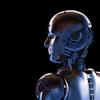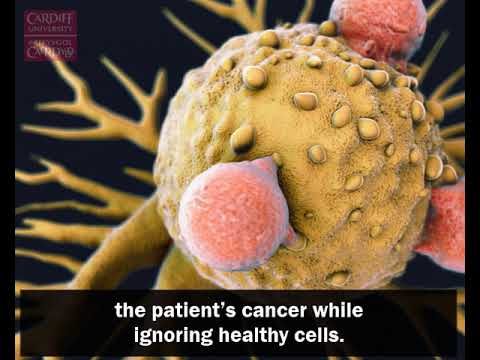
Breaking News
 GOOD BYE VENISON | Now, they're BANNING DEER FARMING and it's going to court in Minnesota.
GOOD BYE VENISON | Now, they're BANNING DEER FARMING and it's going to court in Minnesota.
 Millionaires in 1900, Billionaires Today and Trillionaires in the Future
Millionaires in 1900, Billionaires Today and Trillionaires in the Future
 Brighteon Broadcast News, Jan 9, 2026 - Mike Adams: We Are Building the Infrastructure...
Brighteon Broadcast News, Jan 9, 2026 - Mike Adams: We Are Building the Infrastructure...
 The breaking point: American farms are in crisis
The breaking point: American farms are in crisis
Top Tech News
 World's most powerful hypergravity machine is 1,900X stronger than Earth
World's most powerful hypergravity machine is 1,900X stronger than Earth
 New battery idea gets lots of power out of unusual sulfur chemistry
New battery idea gets lots of power out of unusual sulfur chemistry
 Anti-Aging Drug Regrows Knee Cartilage in Major Breakthrough That Could End Knee Replacements
Anti-Aging Drug Regrows Knee Cartilage in Major Breakthrough That Could End Knee Replacements
 Scientists say recent advances in Quantum Entanglement...
Scientists say recent advances in Quantum Entanglement...
 Solid-State Batteries Are In 'Trailblazer' Mode. What's Holding Them Up?
Solid-State Batteries Are In 'Trailblazer' Mode. What's Holding Them Up?
 US Farmers Began Using Chemical Fertilizer After WW2. Comfrey Is a Natural Super Fertilizer
US Farmers Began Using Chemical Fertilizer After WW2. Comfrey Is a Natural Super Fertilizer
 Kawasaki's four-legged robot-horse vehicle is going into production
Kawasaki's four-legged robot-horse vehicle is going into production
 The First Production All-Solid-State Battery Is Here, And It Promises 5-Minute Charging
The First Production All-Solid-State Battery Is Here, And It Promises 5-Minute Charging
 See inside the tech-topia cities billionaires are betting big on developing...
See inside the tech-topia cities billionaires are betting big on developing...
Researchers at Cardiff University have discovered a new type of killer T-cell that offers hope of a

T-cell therapies for cancer—where immune cells are removed, modified and returned to the patient's blood to seek and destroy cancer cells—are the latest paradigm in cancer treatments.
The most widely-used therapy, known as CAR-T, is personalized to each patient, but it only targets a few types of cancers and has not been successful for solid tumors, which make up the vast majority of cancers.
Cardiff researchers have now discovered T-cells equipped with a new type of T-cell receptor (TCR) which recognizes and kills most human cancer types, while ignoring healthy cells.
This TCR recognizes a molecule present on the surface of a wide range of cancer cells as well as in many of the body's normal cells but, remarkably, is able to distinguish between healthy cells and cancerous ones, killing only the latter.
The researchers said this meant it offered "exciting opportunities for pan-cancer, pan-population" immunotherapies not previously thought possible.

Photo by Cardiff University
How does this new TCR work?
Conventional T-cells scan the surface of other cells to find anomalies and eliminate cancerous cells—which express abnormal proteins—but ignore cells that contain only "normal" proteins.
The scanning system recognizes small parts of cellular proteins that are bound to cell-surface molecules called human leukocyte antigen (HLA), allowing killer T-cells to see what's occurring inside cells by scanning their surface.

 Storage doesn't get much cheaper than this
Storage doesn't get much cheaper than this

